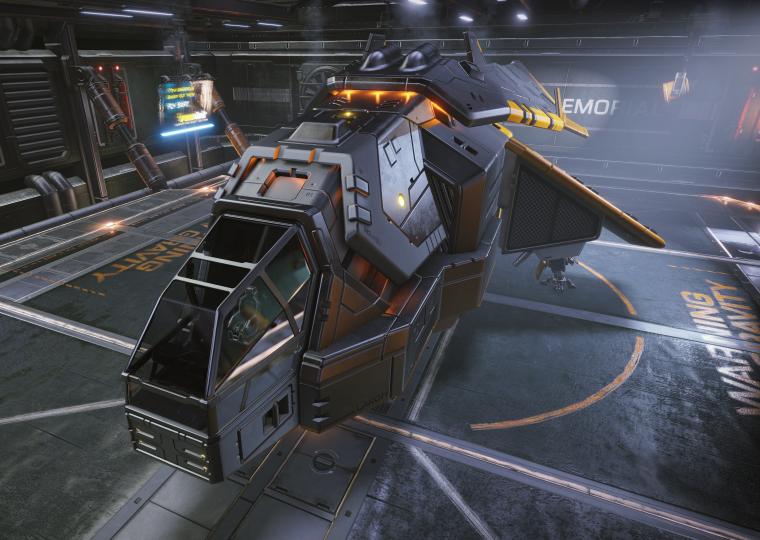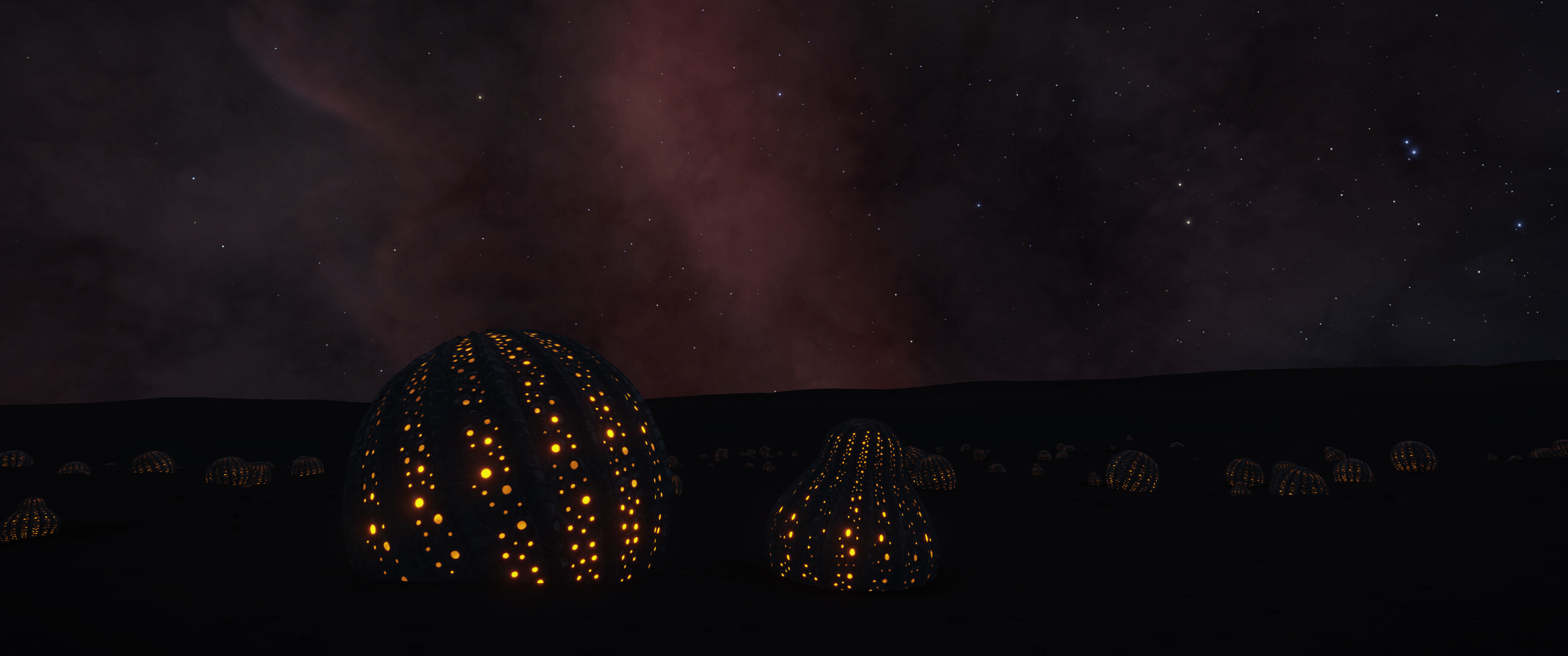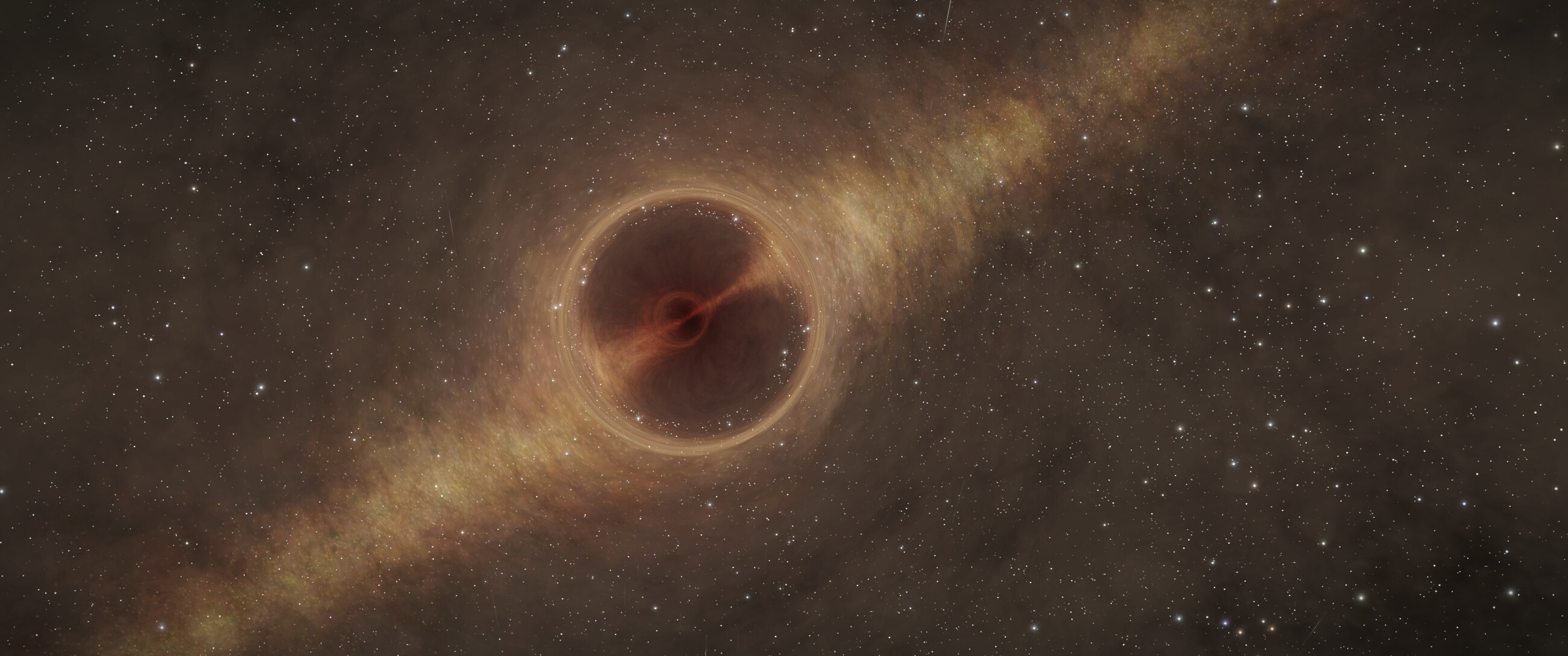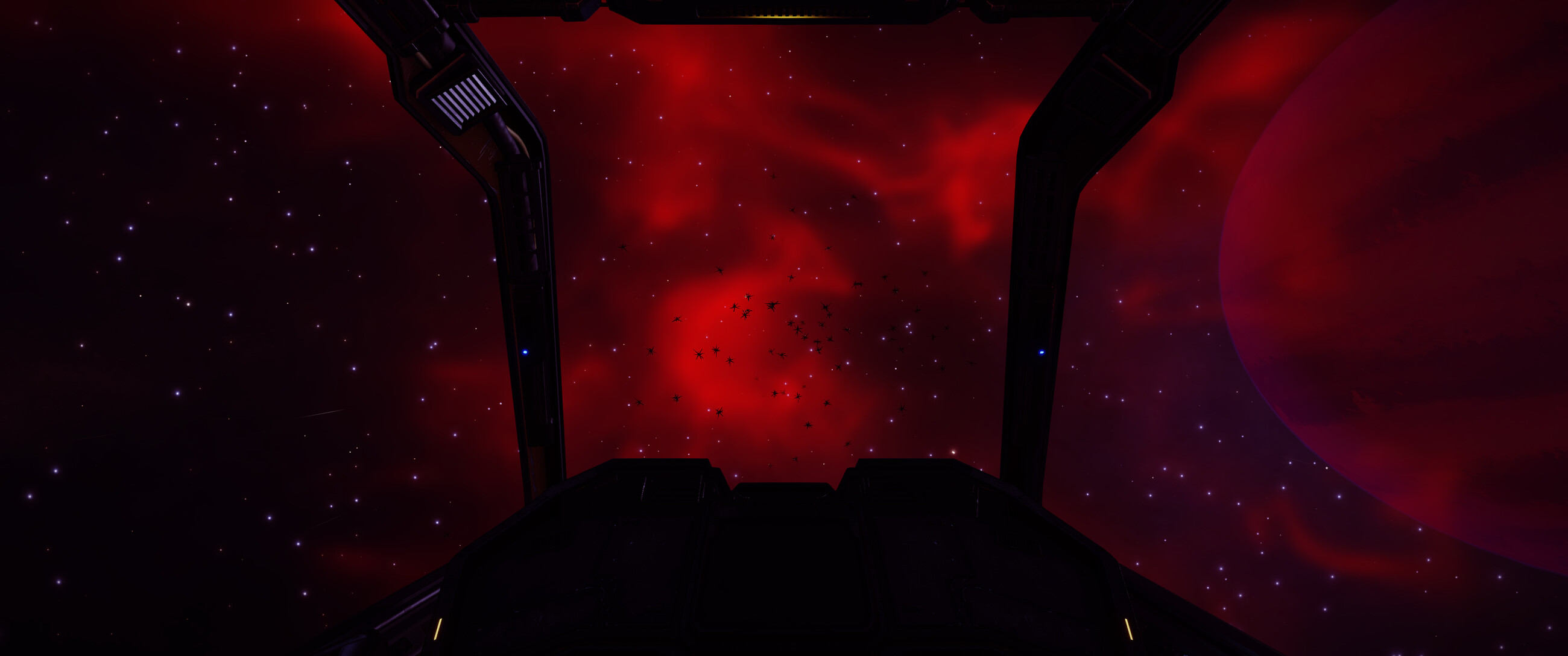Профиль пилота Pinkie McBluey > Дневник

(Diamondback Explorer)

Humans, even in space, have a circadian rhythm of approximately 24 hours, give or take a little if your ancestors settled on a world where days are dramatically longer or shorter than Earth. It takes generations to fully adjust circadian rhythms, even with access to gene editing. On the ground, that process is helped along by special lighting, synthetic sleep aids, and all sorts of cool technology. In space, the concept of a day (or two, or three) seems fairly abstract when jumping between star systems and landing on the dark side of tidally-locked planets. They say light exposure messes with your circadian clock, making it hard to sleep, but no amount of screen tinting or synthetic melatonin is going to offset consistent, up-close exposure to the light of the stars I'm jumping between, even through a tinted cockpit canopy. Sometimes I try to set aside time in the dark before sleeping, landing on the dark side of a planetary body or retreating to the back of my ship when docked at a station, but most times out in the black I don't have the luxury of time or a safe place to dock and I grab what sleep I can between hours of jumps and scanning. So far, I've always managed to take a break before my fatigue leads me to fly into a star or crash into a planet. Coffee helps. Even the shipboard synthetic stuff is comforting and energizing when flying alone through the black.
Tonight, I'm camped in the dark on the surface of Mammon 2, watching the soft glow of the local anemones against the dim light of the nebula. It's calming, and I have nowhere to be in a hurry, so I'm looking forward to my first full night's sleep in weeks. Tomorrow, I'll be making my way around the bubble to finish surveying a system with some Proto Lagrange clouds I discovered early on, then back to civilization proper to redeem some vouchers and upgrade my ship. But for now, it's just me and the glowing fungal anemones, and I'm looking forward to the end of a long day.

Sagittarius A* is amazing and terrifying. Although I usually trust the incredible technology that allows me to safely jump a ship so close to even a supermassive black hole, I admit that my stomach was in knots as I came out of hyperspace to face the center of our galaxy. Strangely, the presence of black hole itself was calming, maybe because it is so beautiful, maybe because my mind struggles to comprehend the vastness of it. To see something like this as a relatively novice explorer is inspiring. I feel a renewed sense of wonder and curiosity as I wend my way slowly back towards inhabited space.

Colonia is beautiful, from the sweeping Lagrange Clouds in the nebula to the fascinating new life forms inside them to the friendly tourist beacons floating by Jaques Station to tell me how far I've come. It's hard to believe that only three days ago I was setting out from Deciat with a still new (if slightly improved) ship and a handful of courier contracts from assorted local groups. Three days in the black, constantly jumping from one star to the next, trusting that my ship would catch me and not send me careening into one of those burning balls of gas. Three days of waking up early to start my jumps for the day and going to sleep late, eyes burning from so much starlight.
My routine was broken only occasionally when my scans caught something interesting, once a Lagrange Cloud, the first of my journey, then a handful of worlds with scans showing water and ammonia-based life! I only wish my ship had the ability to land on some of them or at least take samples. Two of the worlds I found are so like Earth that I could imagine our species one day colonizing them, remote as they are. If Colonia was possible, surely these other systems are, too? One even had a moon about the same size as Earth's moon in the Sol system. These occasional discoveries kept me focused and excited during the long hours alone, working slowly toward my destination.
It feels like a lifetime ago that I was safely hopping around the bubble, running small-time information delivery missions for a handful of local factions and building the funds for my ship. Yet, it is equally stunning to me to consider how far I have come... quite literally. That our technology allows us to cross the galaxy, thousands of light years, in a handful of days is equally amazing and a testament to human ingenuity. I can't wait to see what I will discover next, out here on the frontier.

